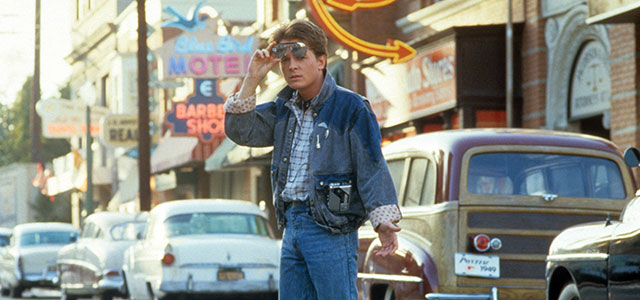
Great Scott! Time-travel classic Back to the Future has passed the 35-year mark. And Back to the Future Part I, Part II and Part III are all screening as part of Cineworld's re-opening on 31st July. (Click here for the full list.)
Co-written and directed by Robert Zemeckis, this infectiously likeable adventure fires up a time-jumping DeLorean powered by skateboarding teen Marty McFly (Michael J. Fox) and eccentric, mad-haired Professor 'Doc' Emmett Brown (Christopher Lloyd).
Buoyed by its perfectly calibrated central duo, who enjoy terrific chemistry together, Back to the Future further storms to victory on the back of its pacy direction and tightly written, witty script. It's a scenario we've all faced: what if you had to travel back to the 1950s to rewrite the story of your parents' romance? And what if your own mother starting hitting on you in the process?
Overseen by Steven Spielberg, Back to the Future immediately went down as the biggest movie hit of 1985, propelled in part by the Huey Lewis number 'The Power of Love'. We're inviting you to power up your own DeLorean and travel with us on a journey encompassing 35 fun facts about the movie.
1. The idea of Back to the Future was conceived by eventual co-writer Bob Gale, who wondered: would I have been friends with my own father if I had met him at high school?
2. Zemeckis and Gale intentionally set the movie in 1955 to further emphasise the rise of teenage culture and rock and roll, which had risen to prominence at that time.
3. Having initially signed a script deal with studio Columbia, Zemeckis and Gale later found their work turned down, on the basis it was "nice and cute" but not "sexual enough" to attract the all-important teen audience.
4. The duo then spent the next four years hawking the idea to various other distributors, including Disney, before it eventually caught the attention of Steven Spielberg.
5. In order to prove himself as a commercially viable director, Zemeckis made Romancing the Stone, which became a box office hit in 1984.
6. Emboldened by Romancing the Stone's success, Zemeckis re-approached Spielberg and the script was put into production at the latter's Amblin Entertainment.
7. The initial idea for the time machine was a fridge, but Zemeckis dismissed it on the basis it would cause kids to climb inside them and get stuck.
8. The DeLorean was settled on because it would look suitably otherwordly when placed in a 1950s setting.
9. Universal eventually agreed to distribute the movie, having secured the script rights from former owners Columbia. However, it was on the proviso that Universal trade the licence for Columbia's in-production remake of Double Indemnity (the original movie of which was owned by Universal).
10. The executive producer was Sid Sheinberg, a notorious meddler who suggested many eccentric changes including a request to change to the title to 'Space Man From Pluto'.
11. Sheinberg's requests eventually became so outrageous and unrelenting that Spielberg was compelled to step in. On the subject of the revised title, Spielberg sent Sheinberg a memo saying how amusing the suggestion was, causing the producer to drop the idea immediately.
12. The original script ended with Marty driving through a nuclear explosion, but this was deemed to expensive and the climax was reworked with the clocktower sequence.
13. Michael J. Fox had to alternate the shooting of his TV sitcom Family Ties during the day with late night/early morning shoots on Back to the Future.
14. In fact, Family Ties executive Gary David Goldberg initially refused to release Fox to make the movie, prompting Zemeckis to cast Eric Stoltz.
15. However, two weeks into filming, it was clear Stoltz wasn't right for the part and wasn't comfortable with Marty's skateboarding abilities.
16. A deal was eventually worked out in early 1985 whereby Fox could work on Family Ties and Back to the Future, but with the former being the absolute priority.
17. Fox expressed great solidarity with Marty's character: "All I did in high school was skateboard, chase girls and play in bands. I even dreamed of becoming a rock star."
18. Christopher Lloyd was cast as Doc Brown after initial choice John Lithgow was unavailable.
19. Lloyd based many of Doc Brown's mannerisms on Albert Einstein, who also inspired the name of the character's dog.
20. Lloyd also made the decision to pronounce 'gigawatts' without a hard 'g', as this is apparently accurate to how physicists pronounce the word.
21. Crispin Glover's mannerisms as George McFly were largely improvised, but he was absent from the two sequels following a contract dispute.
22. Lea Thompson was cast as Lorraine McFly as she had starred opposite Eric Stoltz in 1984 comedy The Wild Life; however, when Stoltz was replaced by Fox, Thompson remained.
23. This was the only movie appearance from Claudia Wells as Marty's girlfriend Jennifer, who was replaced by Elisabeth Shue in the sequels.
24. The character of the bullying Biff Tannen (Thomas F. Wilson) was said to be a combination of Donald Trump and an aggressive studio executive called Ned Tanen.
25. Johnny Depp auditioned for the role of Marty McFly.
26. Hill Valley was imagined on the Universal Studios backlot as, in Zemeckis' words, "no city is going to let a film crew remodel their town to make it look like it's the 1950s".
27. The 1950s sequences were filmed first, capturing the relatively pristine environment of Hill Valley; the set was later trashed and dirtied to represent the more squalid, run-down 1980s atmosphere.
28. The film's release date was abruptly brought forward to July 3rd 1985 after a highly positive test screening, prompting the hiring of two editors and the removal of several scenes, including more scenes with Marty pretending to be Darth Vader.
29. Composer Alan Silvestri was hired to score the film, although Steven Spielberg had his doubts as he'd disliked Silvestri's largely electronic score for Zemeckis' Romancing the Stone.
30. At Spielberg's behest, Zemeckis instructed Silvestri to make the score "big", and the composer utilised the biggest orchestra ever assembled for a film at the time.
31. Silvestri also suggested that Huey Lewis and the News compose the theme song, although eventual number 'The Power of Love' wasn't used by Universal in the film as it didn't refer to the title.
32. Instead, the group's other song 'Back in Time' is heard at the start and end of the film; airtime for 'The Power of Love' was accompanied by memos from Universal reinforcing the song's association with Back to the Future.
33. Back to the Future grossed $389 million against its $19 million budget, making it the highest-grossing film release of 1985.
34. The film won an Oscar for Best Sound Effects Editing, and Zemeckis and Gale were Oscar-nominated for Best Original Screenplay.
35. In February 2020, the musical of Back to the Future made its world debut in Manchester, with music from Alan Silvestri and lyrics by Glen Ballard.
Don't forget to book your tickets for Back to the Future Part I, Part II and Part III, which are screening in Cineworld from 31st July. Planning to watch the entire trilogy? Let us know @Cineworld.
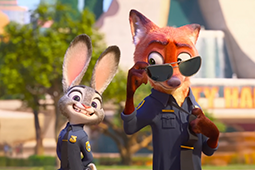
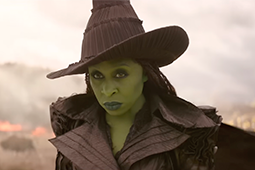
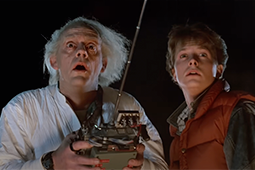
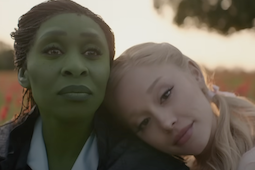
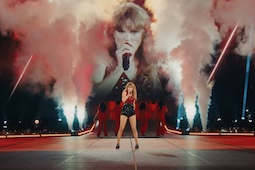
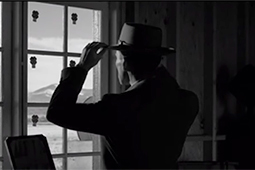
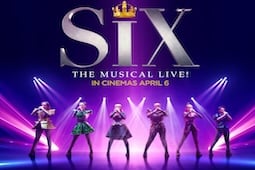
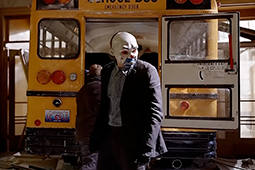
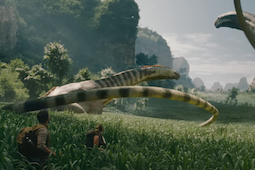
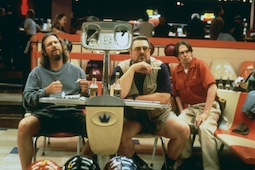
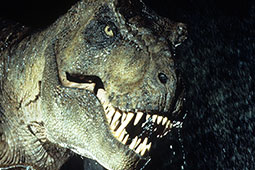


.jpg)
.png)





